Home>Garden Essentials>How Long For Pampas Grass To Germinate
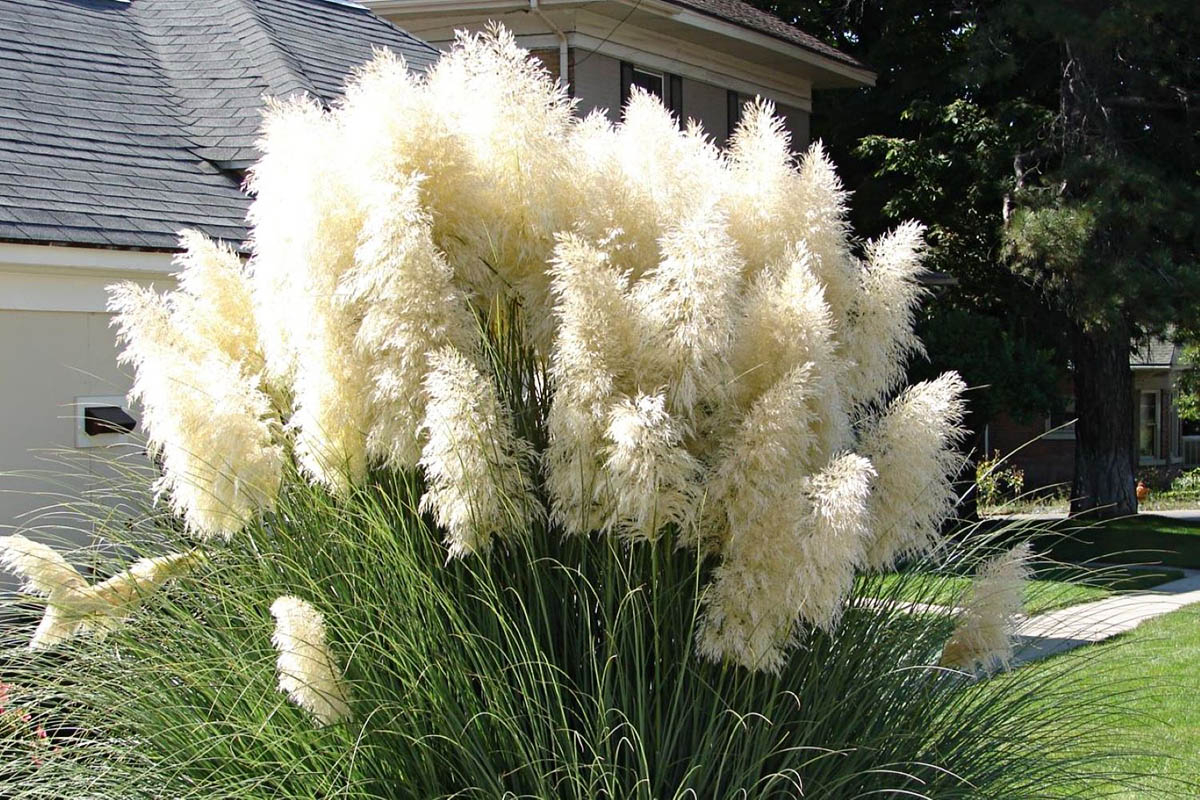

Garden Essentials
How Long For Pampas Grass To Germinate
Modified: September 1, 2024
Discover how long it takes for pampas grass to germinate in your garden. Foster healthy growth with our expert gardening tips and advice.
(Many of the links in this article redirect to a specific reviewed product. Your purchase of these products through affiliate links helps to generate commission for Storables.com, at no extra cost. Learn more)
Introduction
Pampas grass (Cortaderia selloana) is a stunning ornamental grass native to South America. With its majestic plumes and impressive height, it has become a popular choice for adding drama and elegance to gardens and landscapes around the world. However, before enjoying the beauty of this eye-catching grass, gardeners must first understand the process of pampas grass germination.
Germination refers to the stage in a plant’s life cycle where the seed starts to sprout and develop into a new plant. For pampas grass, the germination process is an essential step in growing the grass from seed. Understanding how long it takes for pampas grass seeds to germinate and the factors that can affect this process is crucial for successful cultivation.
In this article, we will delve into the world of pampas grass germination and provide insights into the ideal growing conditions, tips for successful germination, and common challenges that gardeners may encounter along the way.
Whether you’re a beginner gardener or a seasoned pro, knowing how long it takes for pampas grass to germinate will help you plan and prepare for a beautiful garden filled with these remarkable grasses. So let’s dive in and explore the fascinating journey of pampas grass germination.
Key Takeaways:
- Pampas grass seeds need water, warmth, and light to sprout. By providing these ideal conditions and using fresh, high-quality seeds, gardeners can increase the chances of successful germination.
- Patience is key during the pampas grass germination process, which can take 2 to 6 weeks. Overcoming challenges like slow germination and pest damage requires vigilance and proper care.
Read more: How To Plant Pampas Grass
Understanding Pampas Grass Germination
Pampas grass germination is a process that involves the activation of a seed’s embryo and the subsequent growth of a new plant. It is a crucial step in the life cycle of pampas grass and a prerequisite for its successful cultivation. Understanding the intricacies of this germination process is key to ensuring optimal conditions for seed sprouting and plant development.
Pampas grass seeds have a hard outer shell, also known as the seed coat. This protective layer helps the seed withstand harsh environments and ensures its viability until conditions are favorable for germination. The seed coat contains dormant embryos that require specific triggers to initiate the germination process. These triggers usually include a combination of moisture, temperature, and light.
Once the seed coat is exposed to the right conditions, the germination process begins. The first step is the absorption of water by the seed, which softens the seed coat and activates internal enzymes. These enzymes break down stored nutrients within the seed, providing essential energy and nutrients for growth.
As the embryo swells and the root emerges from the seed, tiny roots called radicles start to grow downwards into the soil. Simultaneously, the shoot of the new plant, known as the epicotyl, begins to elongate and pushes its way towards the surface. The seedling continues to develop as it establishes its root system and begins to produce leaves, ultimately becoming a mature pampas grass plant.
Understanding the germination process of pampas grass allows gardeners to provide the optimal conditions for successful seed sprouting. By manipulating the factors that affect germination, gardeners can ensure a higher germination rate and healthier plants.
In the next section, we will explore the various factors that influence the time it takes for pampas grass seeds to germinate and how gardeners can create the ideal environment for this process.
Factors Affecting Germination Time
Several factors play a significant role in determining the germination time of pampas grass seeds. Understanding these factors allows gardeners to manipulate the conditions to encourage quicker and more successful germination. Here are the key factors that influence the germination time of pampas grass:
1. Water: Adequate moisture is crucial for seed germination. Without sufficient water, the seed coat remains hard, preventing the embryo from activating. Consistent and even moisture is essential during the germination process. Drying out or overwatering can hinder germination and lead to poor seedling development.
2. Temperature: Pampas grass seeds germinate best within a specific temperature range. Generally, temperatures between 65°F and 75°F (18°C to 24°C) are optimal for seed germination. Cooler temperatures may delay germination, while excessively high temperatures can inhibit or even damage the seeds. Providing a controlled environment with the right temperature can significantly impact germination time.
3. Light: Pampas grass seeds require exposure to light during the germination process. Unlike some other plants, they are not photodormant, meaning they do not require darkness for germination. When sowing pampas grass seeds, ensure they are not buried too deep in the soil. A light covering or gentle pressing into the soil surface is sufficient to allow light penetration.
4. Soil Conditions: The quality and composition of the soil can also affect germination time. Pampas grass prefers well-draining soil with a good balance of organic matter. Poorly drained or compacted soil can impede water absorption and oxygen availability, hindering seed germination. Preparing the soil by loosening it and adding organic matter can improve germination outcomes.
5. Seed Quality: The quality of the pampas grass seeds themselves plays a role in germination time. Fresh, high-quality seeds have higher viability and germination rates compared to older or low-quality seeds. It’s important to properly store and handle seeds to maintain their viability until sowing.
It’s important to note that while these factors influence germination time, they can also vary depending on the specific cultivar or variety of pampas grass being grown. Some cultivars may have specific requirements or preferences for optimal germination.
By understanding and manipulating these factors, gardeners can create the ideal conditions for pampas grass seed germination. In the next section, we will delve into the recommended growing conditions that promote successful germination and overall plant health.
Ideal Growing Conditions for Pampas Grass
Creating the ideal growing conditions is crucial for the successful germination and growth of pampas grass. By providing the right environment, gardeners can ensure optimal seed sprouting, robust plant development, and ultimately, a thriving pampas grass garden. Here are the key factors to consider when creating the perfect growing conditions for pampas grass:
1. Sunlight: Pampas grass thrives in full sun. It requires a minimum of six hours of direct sunlight per day for optimal growth. Choose a location in your garden that receives ample sunlight throughout the day.
2. Soil: Pampas grass prefers well-draining soil with a slightly acidic to neutral pH (around 6.0 to 7.0). The soil should be rich in organic matter and loose to promote root growth and water absorption. Before planting, prepare the soil by incorporating organic compost or well-rotted manure.
3. Watering: While pampas grass is tolerant of drought once established, regular watering is crucial during the germination phase and the early stages of growth. Keep the soil consistently moist but not waterlogged. Water deeply and infrequently to encourage deep root development.
4. Temperature: Pampas grass is typically hardy in USDA zones 7 to 11. It thrives in areas with moderate temperatures, where frost is rare. If you live in a colder region, consider starting seeds indoors or in a controlled environment for better germination chances. Protect young pampas grass plants from frost during winter.
5. Spacing: Provide enough space for pampas grass to grow to its full size. Depending on the variety, pampas grass can reach heights of 6 to 10 feet with a spread of 3 to 6 feet. Plant individual plants at least 4 to 6 feet apart to allow adequate airflow and prevent overcrowding.
6. Maintenance: Regular maintenance is essential to keep pampas grass healthy and prevent disease and pests. Remove dead or damaged foliage in late winter or early spring before new growth emerges. Divide clumps every few years to encourage vigorous growth and prevent overcrowding.
By creating the ideal growing conditions, you give pampas grass the best chance to germinate successfully and flourish. Understanding the specific needs of pampas grass and tailoring your growing conditions accordingly will help you achieve a beautiful and thriving pampas grass garden.
In the next section, we will explore the germination process of pampas grass and provide step-by-step instructions for successfully germinating pampas grass seeds.
Pampas grass seeds typically take 14-28 days to germinate. To speed up the process, soak the seeds in water for 24 hours before planting and keep the soil consistently moist.
Germination Process of Pampas Grass
The germination process of pampas grass is a fascinating journey that transforms a tiny seed into a seedling ready to grow into a mature plant. Understanding the steps involved in the germination process will help gardeners ensure optimal conditions and successful seed sprouting. Here is a step-by-step overview of the germination process of pampas grass:
1. Seed Preparation: Before sowing pampas grass seeds, it’s important to prepare them properly. Soak the seeds overnight in room temperature water to soften the hard seed coat. This helps break dormancy and facilitates faster germination.
2. Sowing: Choose a well-draining potting mix or seed-starting mix for sowing pampas grass seeds. Fill a seed tray or small pots with the mix and gently press the seeds into the soil surface. Keep in mind that pampas grass seeds require light for germination, so avoid burying them too deep.
3. Moisture: Keep the soil consistently moist but not waterlogged. Mist the soil with water or use a spray bottle to provide even moisture. Avoid allowing the soil to dry out completely, as this can hinder germination. A clear plastic cover or a humidity dome can help maintain moisture and create a greenhouse-like environment.
4. Temperature: Place the seed tray or pots in a warm location with temperatures between 65°F and 75°F (18°C to 24°C). You can use a heating mat to provide bottom heat if needed. Ensure that the temperature remains consistent throughout the germination process.
5. Germination: Pampas grass seeds usually take anywhere from 2 to 6 weeks to germinate, depending on various factors such as temperature and seed quality. During this period, check regularly for signs of germination, such as the emergence of tiny roots and shoots.
6. Transplanting: Once the seedlings have developed a strong root system and a few sets of leaves, they are ready to be transplanted into individual pots or directly into the garden. Handle the seedlings carefully to avoid damaging the roots. Plant them at the same depth they were in the seed tray or pot, and water thoroughly after transplanting.
7. Growth and Care: As the pampas grass seedlings continue to grow, provide them with the ideal growing conditions mentioned earlier, including ample sunlight, regular watering, and adequate spacing. Monitor their growth and provide support, such as staking taller varieties, if necessary.
By following these steps and providing the optimal conditions, you can successfully germinate pampas grass seeds and nurture them into healthy and robust plants. Keep in mind that germination may vary slightly depending on the specific variety of pampas grass and the environmental conditions.
In the next section, we will share some helpful tips and techniques for maximizing the chances of successful pampas grass germination.
Read more: How To Kill Pampas Grass
Tips for Successfully Germinating Pampas Grass
Germinating pampas grass seeds can be a rewarding but sometimes challenging process. To increase your chances of successful germination, here are some helpful tips and techniques to keep in mind:
1. Use Fresh, High-Quality Seeds: Start with fresh and high-quality pampas grass seeds. Check the seed packet or source for the seed harvest date or purchase from reputable suppliers to ensure viability.
2. Scarification: Consider scarifying the seeds before soaking them. Scarification is the process of lightly scratching or nicking the seed coat to facilitate water absorption and improve germination rates. Use fine sandpaper or a small file to gently scar the seed coat.
3. Pre-Soaking: Soak the scarified seeds in room temperature water for 24 hours prior to sowing. This helps soften the seed coat and jumpstart the germination process.
4. Stratify the Seeds (Optional): Some gardeners have found success by stratifying the seeds. Stratification is a process that simulates natural winter conditions, breaking seed dormancy. Place the pre-soaked seeds in a sealed plastic bag with a slightly moistened paper towel. Refrigerate the bag for 4 to 6 weeks before sowing.
5. Provide Optimal Conditions: Ensure that the germination environment provides the ideal conditions for pampas grass seeds to sprout. This includes maintaining consistent soil moisture, providing ample light (without burying the seeds too deep), and keeping the temperature within the recommended range of 65°F to 75°F (18°C to 24°C).
6. Protect from Frost: If you live in a region with late-spring frost, it’s advisable to start germinating the seeds indoors or in a controlled environment. Transplant the seedlings outdoors after the risk of frost has passed.
7. Be Patient: Pampas grass seeds can take anywhere from 2 to 6 weeks to germinate. Be patient and resist the urge to disturb the seeds or soil during this period. Keep an eye on the seed tray or pots, providing regular moisture and monitoring for signs of germination.
8. Thin Out Seedlings: If multiple seedlings emerge from one spot, thin them out by snipping the weaker ones at soil level. This ensures that the remaining seedlings have ample space and resources to grow.
9. Harden Off Before Transplanting: Before transplanting the seedlings outdoors, gradually expose them to outdoor conditions over a week or two. Start by placing them in a sheltered area for a few hours a day, gradually increasing the duration and exposure to wind and sunlight.
10. Follow Proper Care: Once the pampas grass seedlings are established, continue to provide them with proper care, including regular watering, adequate sunlight, and appropriate fertilization. Protect them from potential pests or diseases and prune back dead or damaged foliage as needed.
By implementing these tips, you can increase the chances of successfully germinating pampas grass seeds and enjoy the beauty of these striking ornamental grasses in your garden.
In the next section, we will address some common challenges that gardeners may encounter during the pampas grass germination process and provide strategies for overcoming them.
Common Challenges in Pampas Grass Germination
While germinating pampas grass seeds can be a rewarding experience, it can also come with its fair share of challenges. By understanding these common challenges and knowing how to overcome them, you can increase your chances of successful pampas grass germination. Here are some challenges you may encounter and strategies to address them:
1. Low Germination Rate: Pampas grass seeds may have varying levels of viability, and not all seeds will successfully germinate. To increase your germination rate, ensure you are using fresh, high-quality seeds and follow scarification and pre-soaking techniques to improve seed coat penetration. Additionally, maintain optimal conditions, including consistent moisture, proper light exposure, and suitable temperature ranges.
2. Slow Germination: Pampas grass seeds can be slow to germinate, often taking 2 to 6 weeks or even longer. Patience is key during this period. Ensure that you provide the appropriate conditions, such as maintaining consistent moisture levels and optimal temperatures. If necessary, consider using bottom heat or stratification methods to speed up the germination process.
3. Damping Off: Damping off is a fungal disease that can affect pampas grass seedlings. It causes the seedlings to decay at the base and eventually wilt and die. To prevent damping off, use sterilized seed-starting mix and clean containers. Ensure good air circulation and avoid overwatering. If damping off occurs, remove the affected seedlings and adjust the moisture levels.
4. Pest Damage: Pampas grass seedlings can attract pests such as aphids, slugs, and snails. These pests can harm the delicate seedlings or even devour them completely. Regularly inspect your seedlings for pests and take appropriate measures to control them. Use natural or organic pest control methods, such as handpicking or introducing beneficial insects.
5. Competition from Weeds: Weeds can compete with pampas grass seedlings for resources like sunlight, water, and nutrients. Keeping the growing area weed-free is essential. Regularly remove any weeds that emerge near the pampas grass seedlings, ensuring they have ample space and resources to grow.
6. Transplant Shock: When transplanting pampas grass seedlings from a controlled environment to the outdoors, they may experience transplant shock. This can cause wilting or stunted growth. To minimize transplant shock, harden off the seedlings gradually by gradually introducing them to outdoor conditions over a week or two. This helps them adjust to changes in light, temperature, and wind gradually.
By being aware of these challenges and taking appropriate precautions, you can overcome them and ensure successful pampas grass germination. With patience, proper care, and proactive management, you’ll be well on your way to cultivating a beautiful garden filled with these majestic grasses.
In the next section, we will conclude our discussion and summarize the key points of pampas grass germination.
Conclusion
Germinating pampas grass seeds is an exciting and rewarding process that allows you to bring the beauty and elegance of this stunning ornamental grass into your garden. Understanding the germination process and providing the ideal growing conditions are key to successful seed sprouting and plant development.
Key factors that influence pampas grass germination include water, temperature, light, soil conditions, and seed quality. By manipulating these factors and providing optimal conditions, such as consistent moisture, appropriate light exposure, and the right temperature range, you can enhance the germination rate and overall success of your pampas grass seeds.
Some useful tips for successfully germinating pampas grass seeds include using fresh, high-quality seeds, scarifying and pre-soaking the seeds, and providing proper care, such as regular watering and gradual exposure to outdoor conditions. Overcoming common challenges, such as low germination rates, slow germination, damping off, pest damage, weed competition, and transplant shock, requires vigilance, proper management, and timely actions.
Remember, the journey of pampas grass germination requires patience and dedication. It may take a few weeks or longer for the seeds to sprout and grow into healthy seedlings. However, with the right knowledge and techniques, you can enjoy the rewarding experience of witnessing the transformation of these tiny seeds into magnificent pampas grass plants.
So, whether you’re a novice gardener or a seasoned enthusiast, take the time to understand the germination process, create the ideal growing conditions, and overcome any challenges that may arise along the way. Soon enough, you’ll be rewarded with a garden adorned with the graceful plumes of pampas grass, bringing beauty, texture, and a touch of nature’s elegance to your outdoor space.
Frequently Asked Questions about How Long For Pampas Grass To Germinate
Was this page helpful?
At Storables.com, we guarantee accurate and reliable information. Our content, validated by Expert Board Contributors, is crafted following stringent Editorial Policies. We're committed to providing you with well-researched, expert-backed insights for all your informational needs.
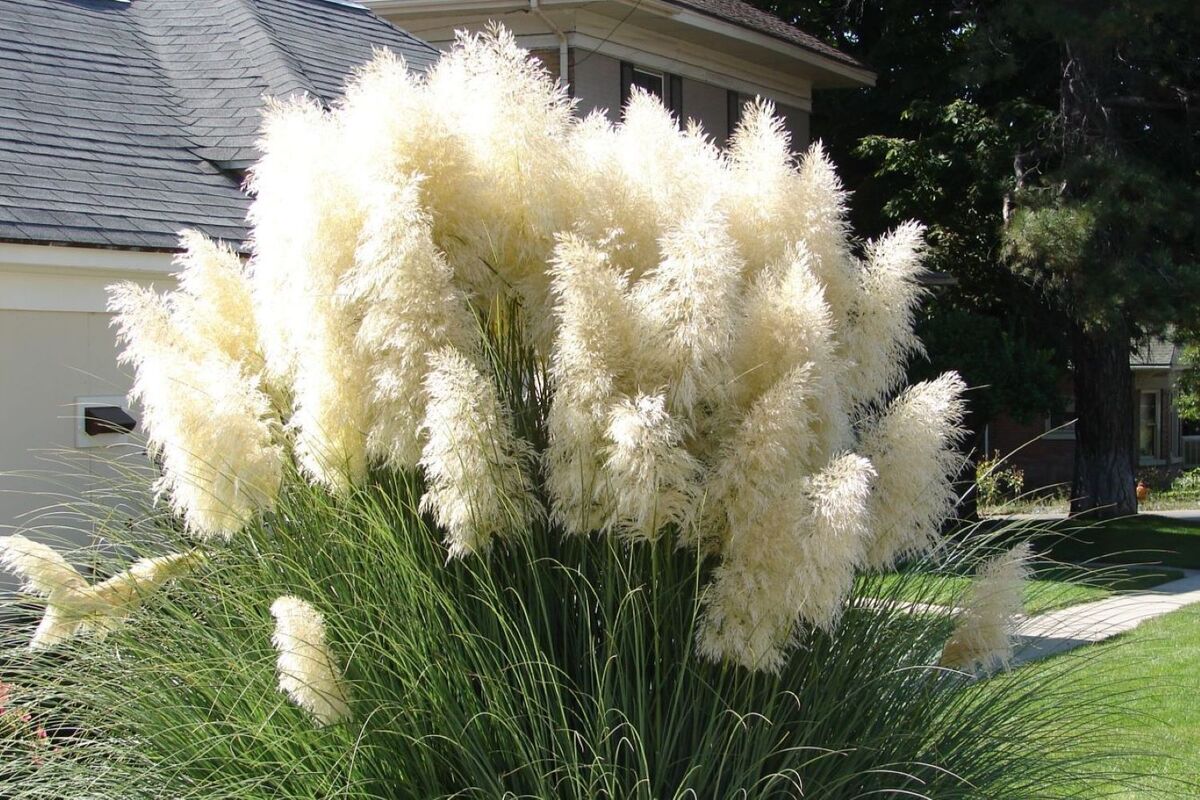
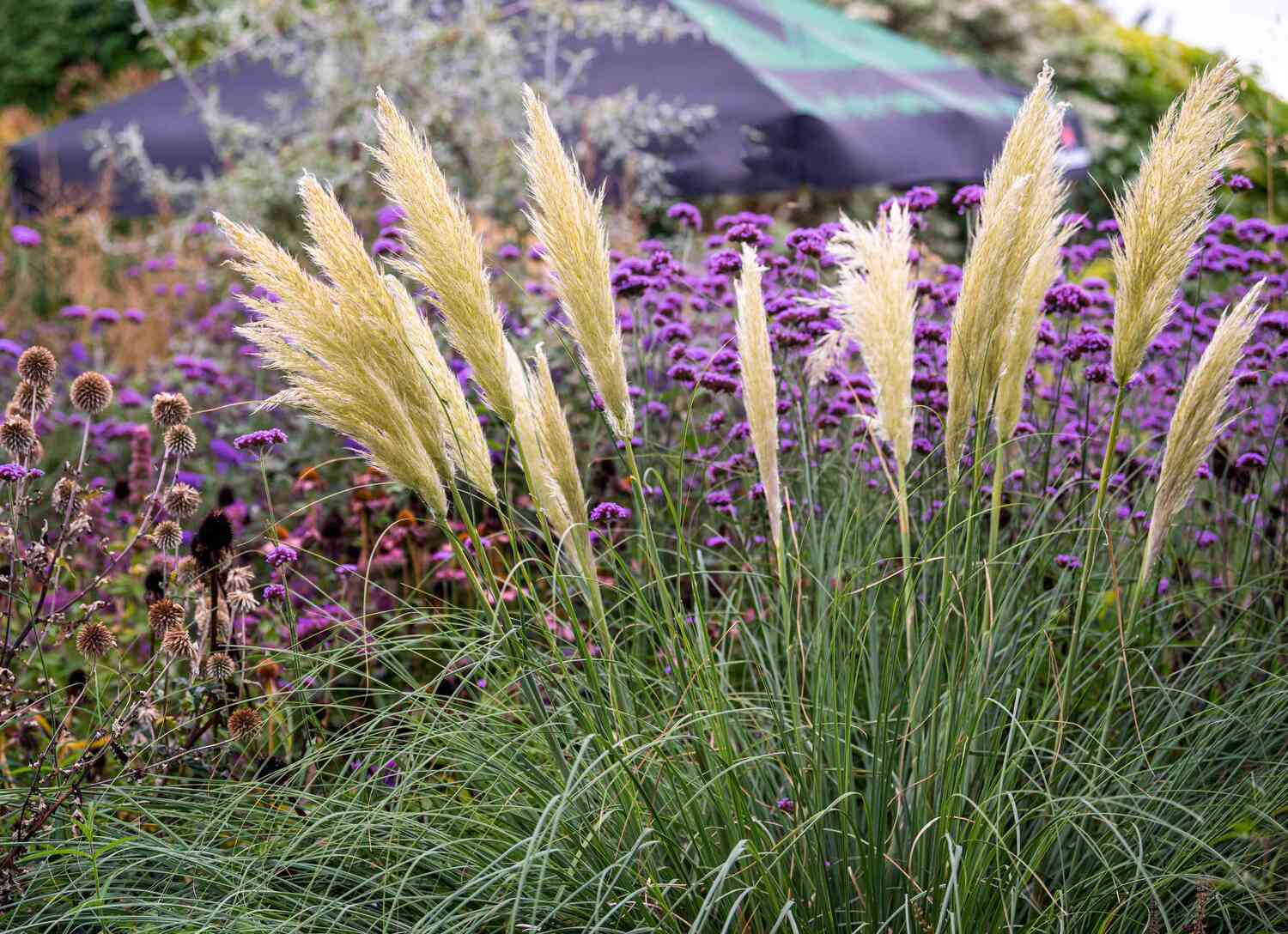

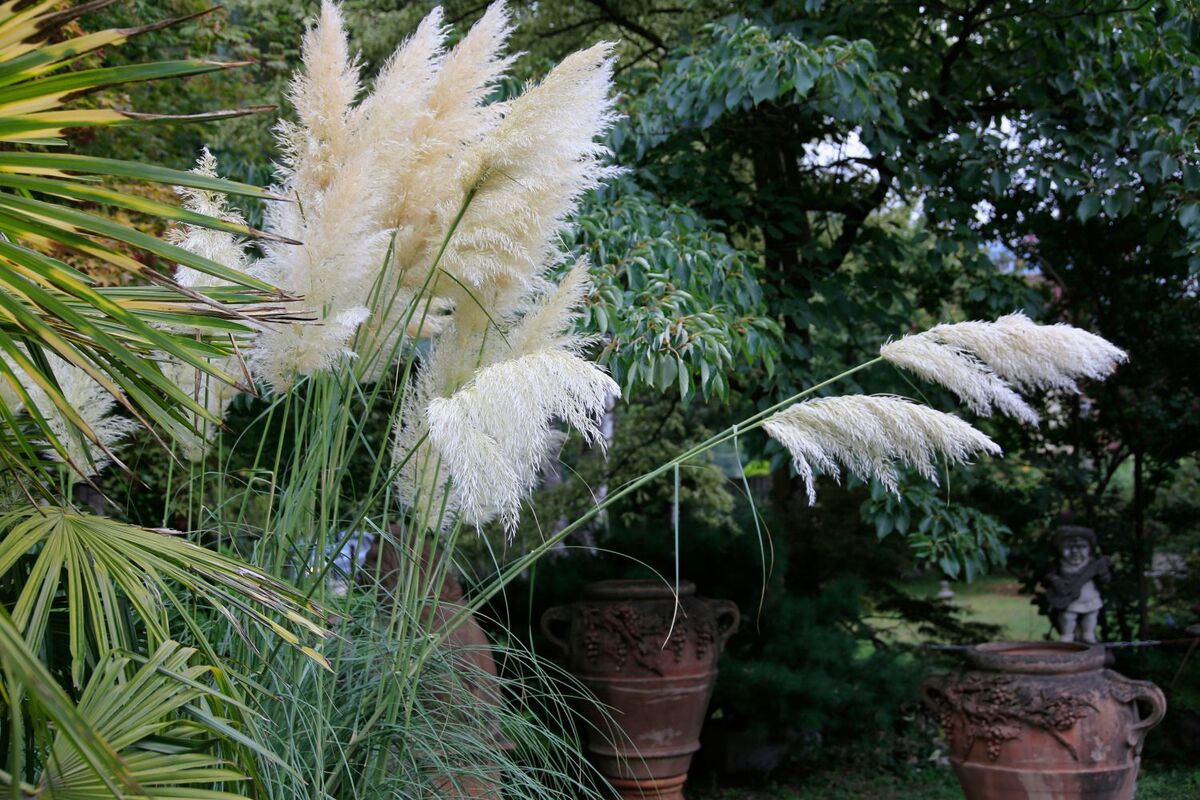
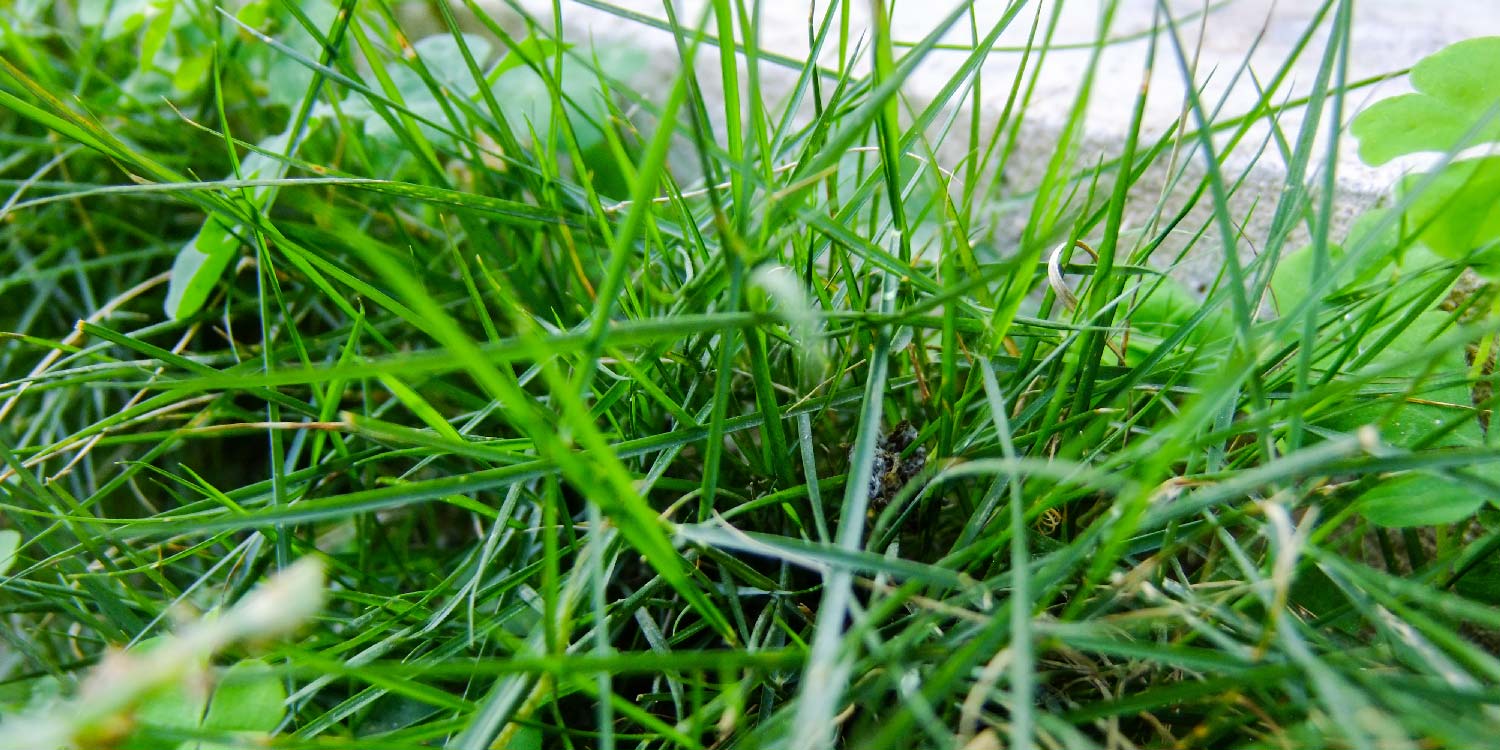

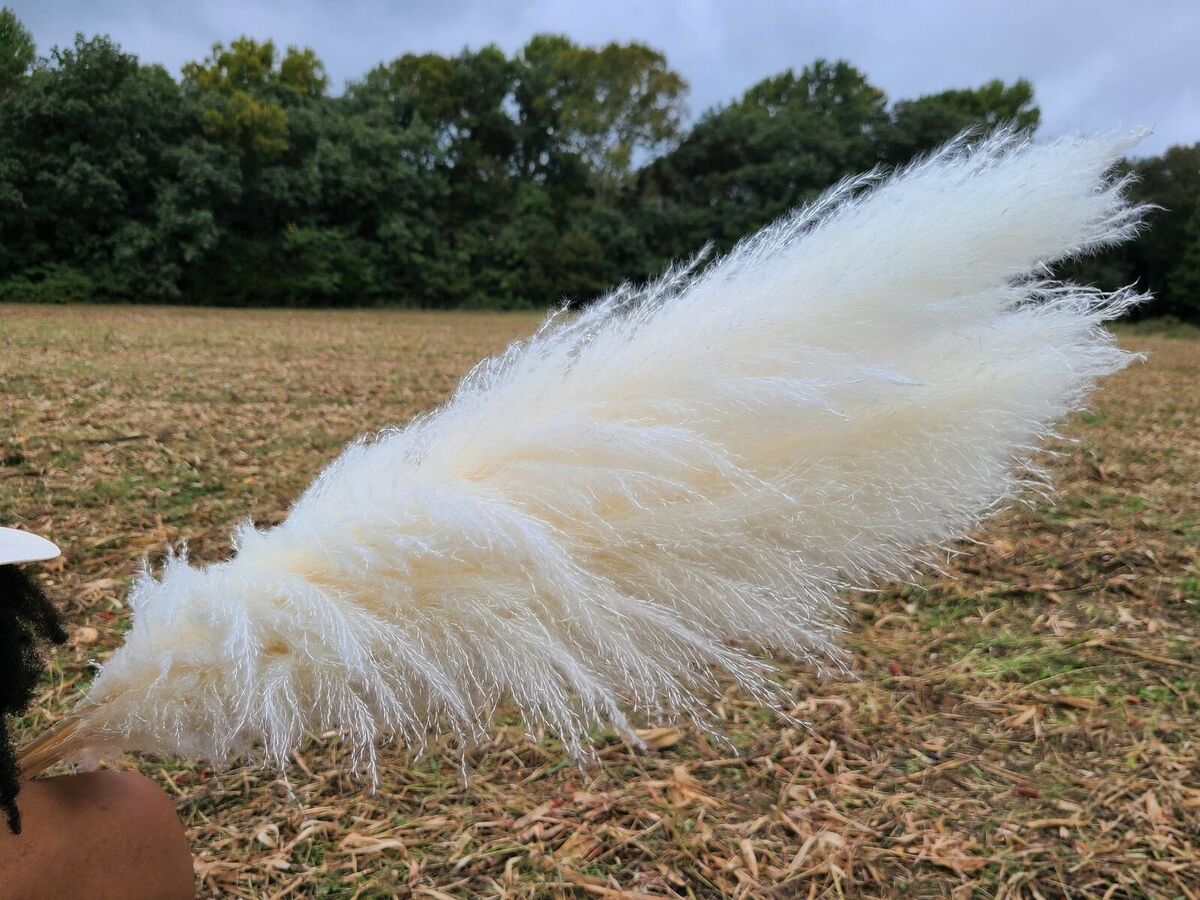
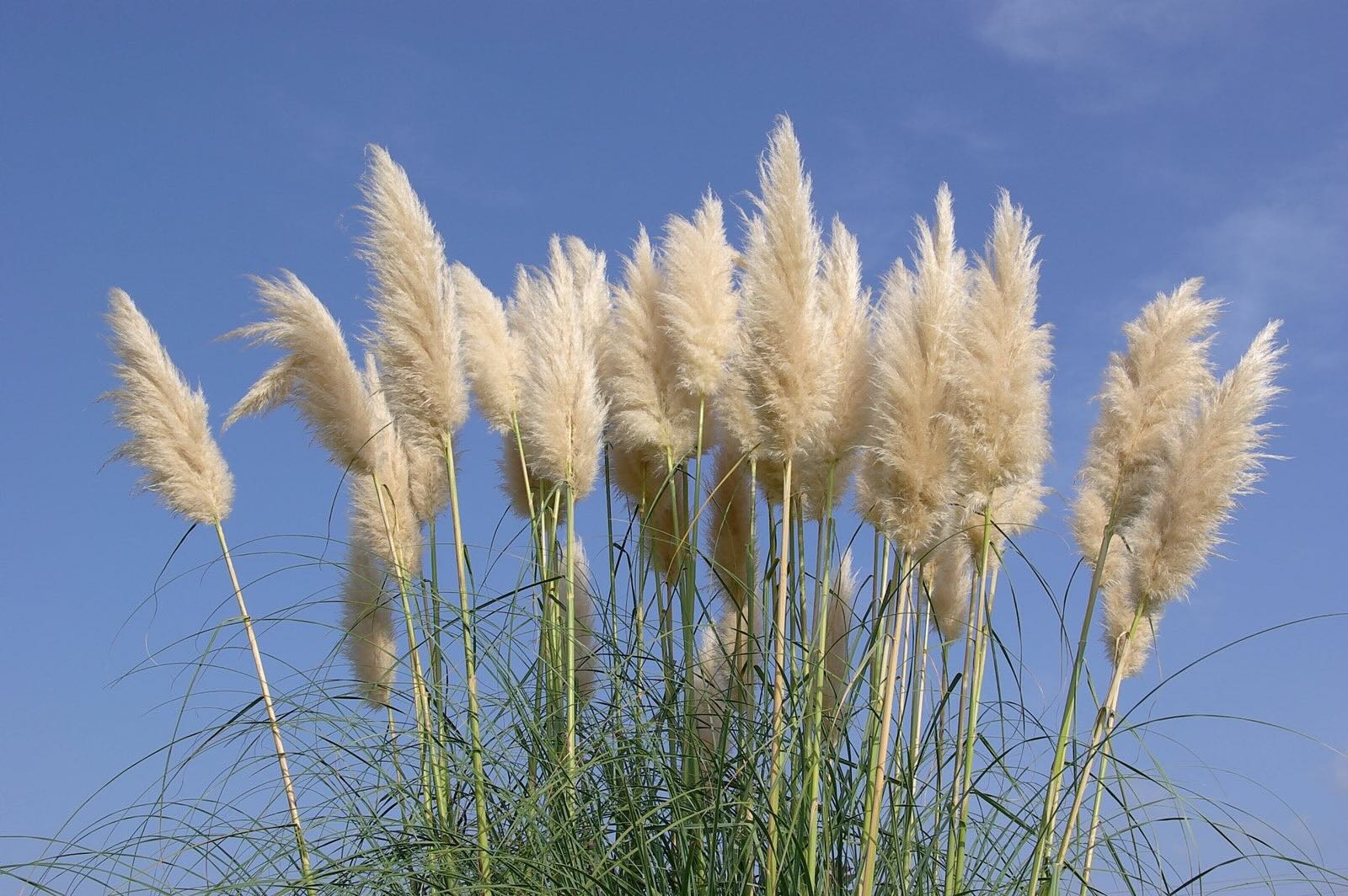


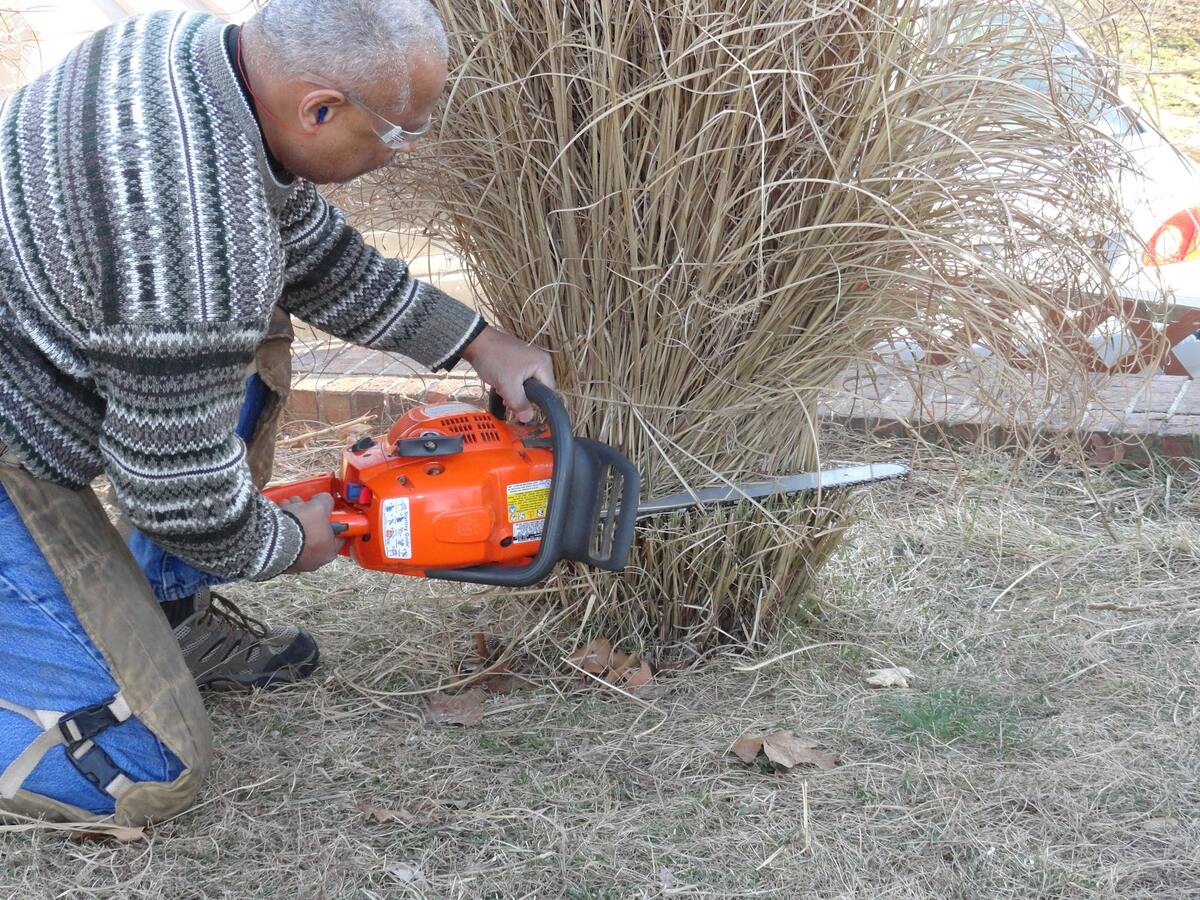
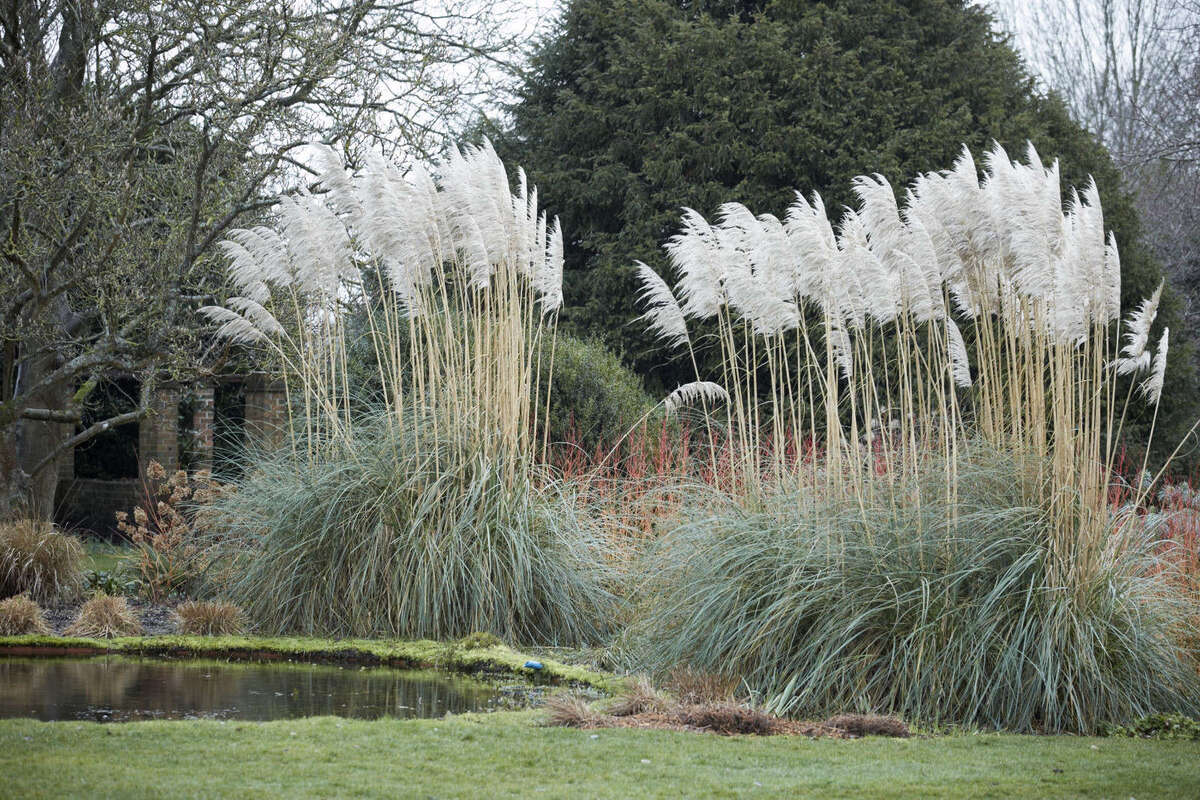

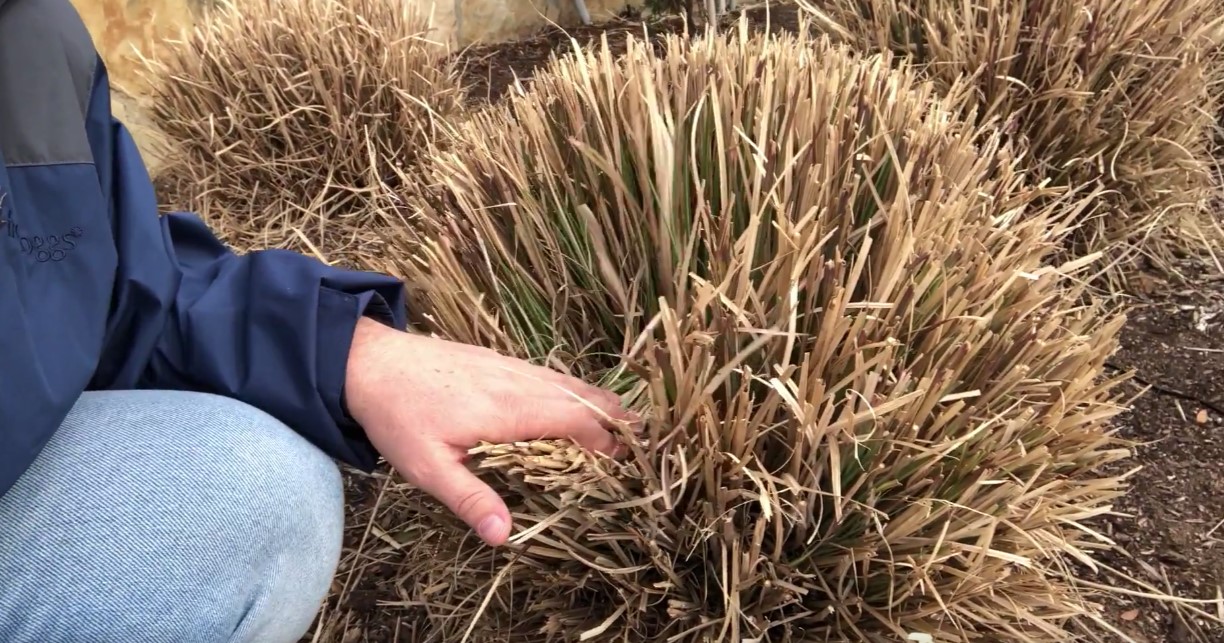

0 thoughts on “How Long For Pampas Grass To Germinate”